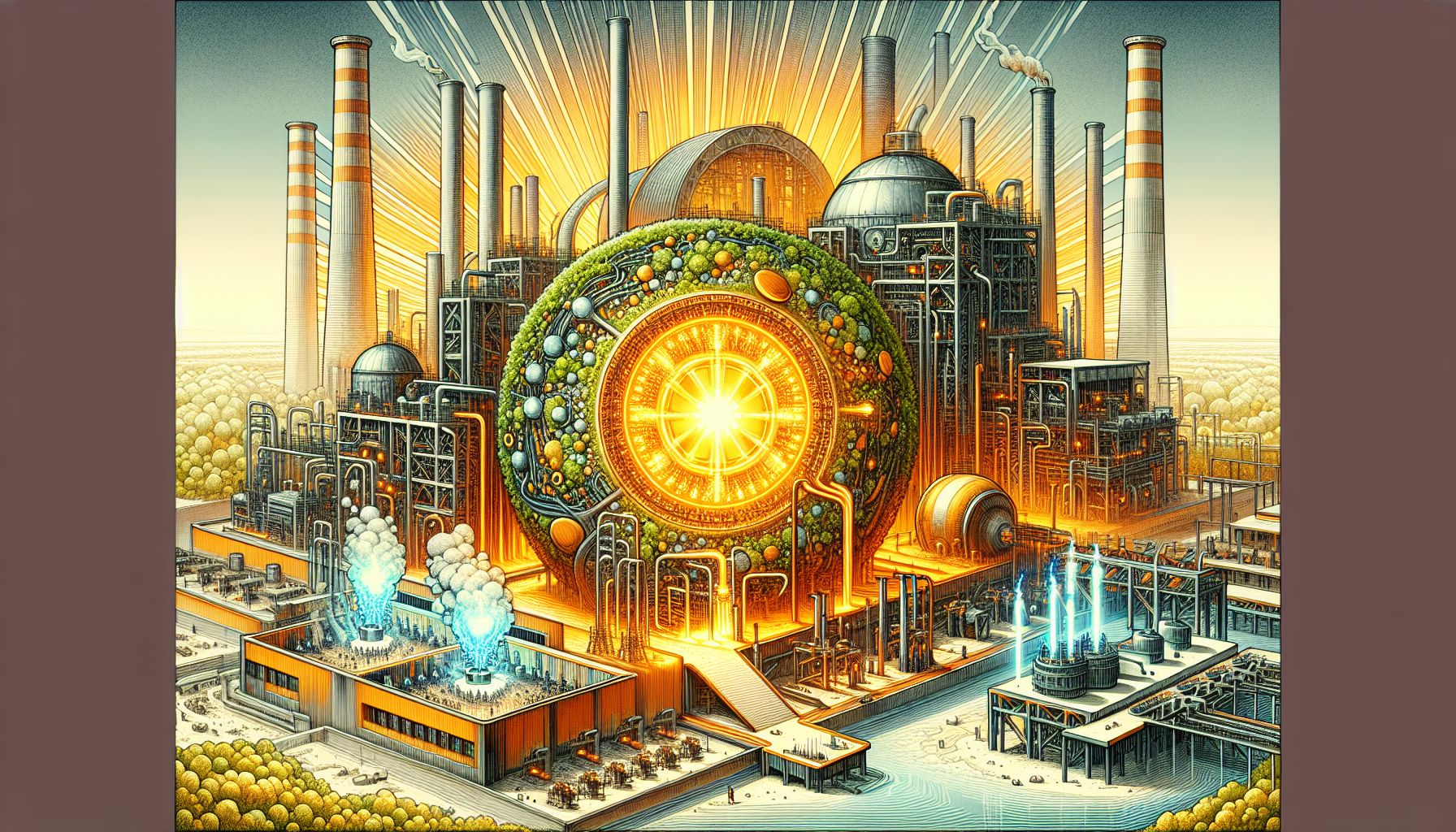Molten Salt Reactors and Hydrogen Challenges for Greener Steel

Innovation Origins explores advancements in molten salt reactors and hydrogen to reduce carbon emissions in Dutch industry, highlighting both progress and obstacles in green steel production.
Advancements in Molten Salt Reactors
The development of molten salt reactors (MSRs) is being championed by several organizations, including the Korea Atomic Energy Research Institute (KAERI) and Danish floating nuclear power plant developer Seaborg. These institutions recently signed a memorandum of understanding (MOU) to advance MSR technologies, focusing on modular compact molten salt reactors (CMSRs). Seaborg’s innovative design involves mixing nuclear fuel in liquid salt, which acts as a coolant, offering enhanced safety features. In the event of an emergency, the liquid salt would solidify, preventing meltdowns. This collaboration aims to leverage KAERI’s and Seaborg’s respective research and development strengths to push MSR technology forward[1].
Hydrogen Production Challenges
On the hydrogen front, Dutch company VoltH2 is navigating significant barriers in producing green hydrogen. High electricity transportation costs and the overall expense of green hydrogen production have exceeded expectations, as outlined in a study by the Netherlands Organization for Applied Scientific Research (TNO)[2]. VoltH2 is planning to construct two green hydrogen plants in Vlissingen and Terneuzen, marking a significant step towards a hydrogen-based economy. However, the high power rates remain a pressing issue, as noted by VoltH2’s Hans Brinkhof[3].
Synergies with Renewable Energy
In a bid to create synergies between renewable energy sources and hydrogen production, wind farms in the Netherlands are being positioned as hubs for hydrogen generation. This integration aims to utilize excess wind power to produce hydrogen, thereby balancing the grid and providing a green energy storage solution. Gasunie, a major Dutch gas infrastructure and transportation company, is prepared to manage an offshore hydrogen network, further supporting this initiative[4].
Innovations in Steel Production
The Dutch industrial sector is exploring the use of hydrogen and molten salt reactors to produce greener steel. Traditional steel production is highly carbon-intensive, but using green hydrogen as a reducing agent in the steelmaking process can significantly lower emissions. Moreover, molten salt reactors can provide a steady supply of heat and electricity, essential for the energy-intensive steel production process. These advancements could revolutionize the industry, making it more sustainable and environmentally friendly[5].
Future Outlook
While there are significant challenges to overcome, the advancements in molten salt reactors and hydrogen production represent a promising path towards reducing carbon emissions in heavy industries. Continued collaboration between research institutions, companies, and government bodies will be crucial in overcoming these barriers and achieving a greener industrial future. The integration of these technologies could potentially transform the Dutch industrial landscape, setting a precedent for similar initiatives worldwide.

